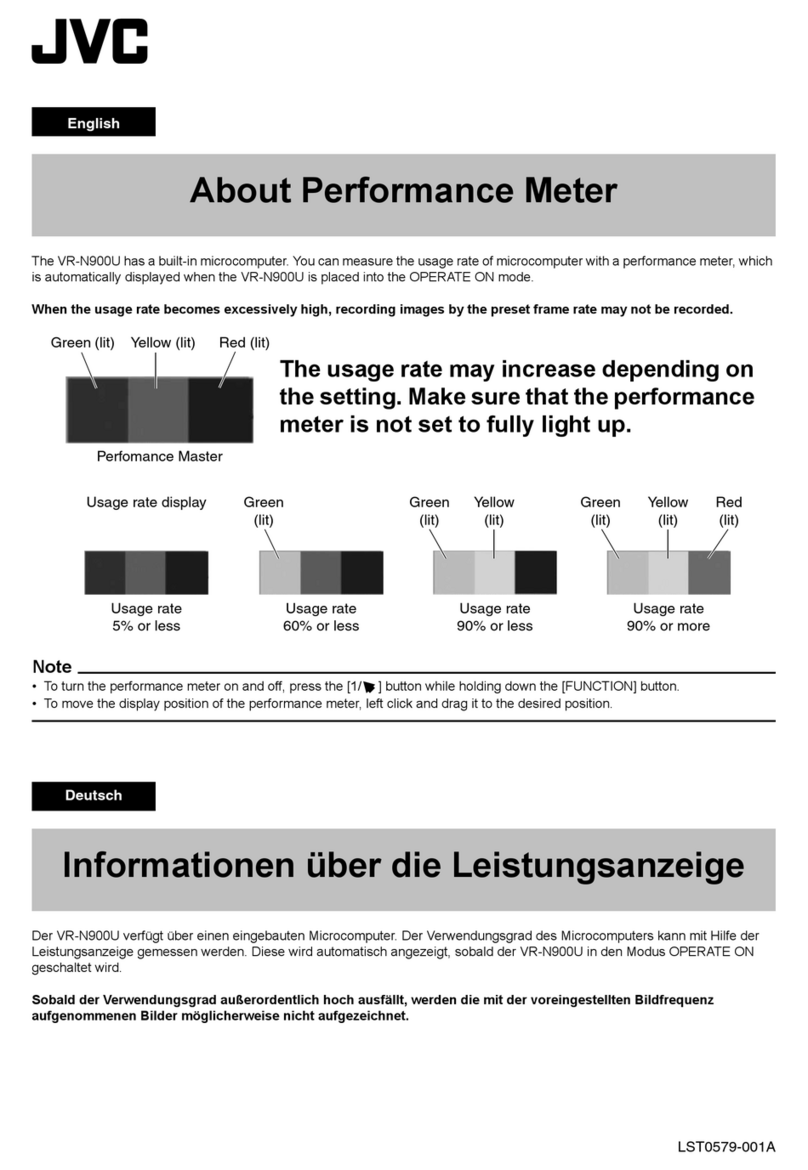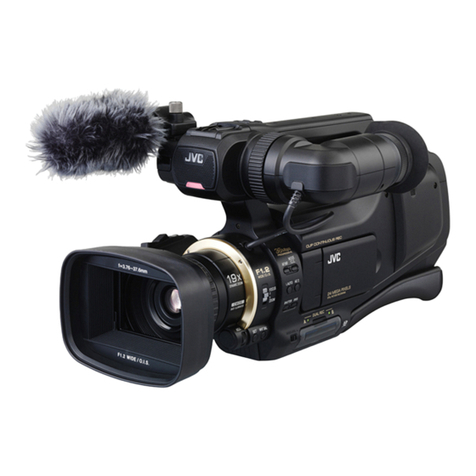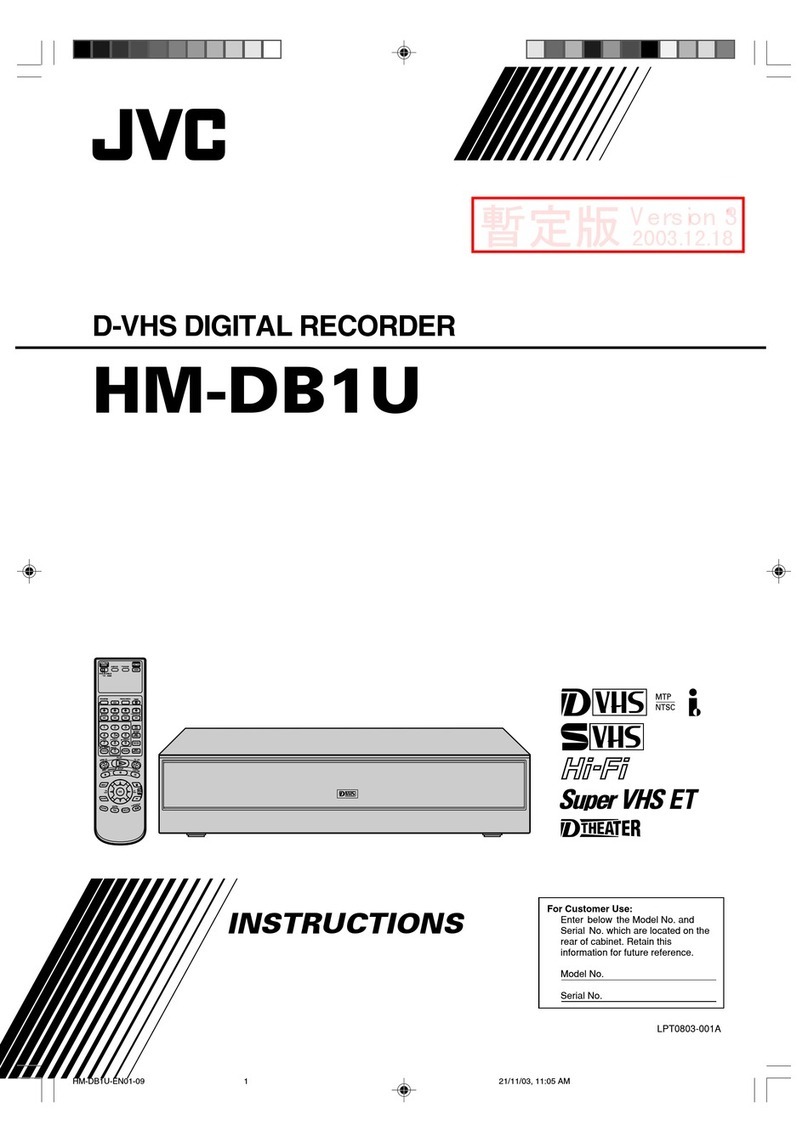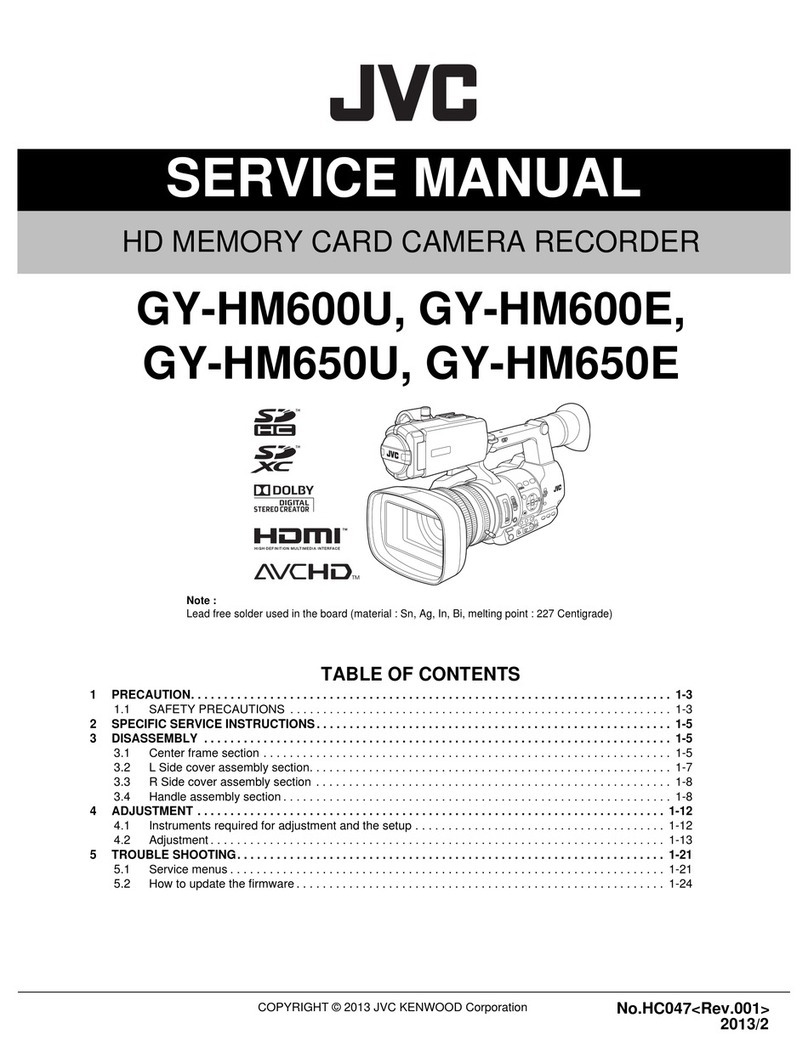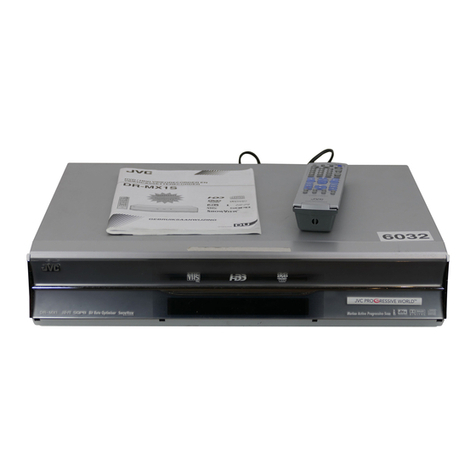.
This equipment has been designed and manufactured to meet
international safety standards but, like any electrical
equipment, care must be taken if you are to obtain the best
results and safety is to be assured.
DO read the operating instructions before you attempt to use the
equipment.
DO ensure that all electrical connections (including the mains
plug, extension leads and interconnections between pieces of
equipment) are properly made and in accordance with the
manufacturer’s instructions. Switch off and withdraw the
mains plug when making or changing connections.
DO consult your dealer if you are ever in doubt about the
installation, operation or safety of your equipment.
DO be careful with glass panels or doors on equipment.
DON’T continue to operate the equipment if you are in any doubt
about it working normally, or if it is damaged in any
way^switch off, withdraw the mains plug and consult your
dealer.
DON’T remove any fixed cover as this may expose dangerous
voltages.
DON’T leave equipment switched on when it is unattended unless
it is specifically stated that it is designed for unattended
operation or has a standby mode. Switch off using the
switch on the equipment and make sure that your family
knows how to do this. Special arrangements may need to
be made for infirm or handicapped people.
DON’T use equipment such as personal stereos or radios so that
you are distracted from the requirements of road safety. It
is illegal to watch television whilst driving.
DON’T listen to headphones at high volume, as such use can
permanently damage your hearing.
DON’T obstruct the ventilation of the equipment, for example with
curtains or soft furnishings. Overheating will cause
damage and shorten the life of the equipment.
DON’T use makeshift stands and NEVER fix legs with wood
screws^to ensure complete safety always fit the
manufacturer’s approved stand or legs with the fixings
provided according to the instructions.
DON’T allow electrical equipment to be exposed to rain or moisture.
ABOVE ALL...
DISCLAIMER OF LIABILITY
JVC shall not be liable for any loss relating to the unit’s failure to
properly record, store or playback any content (video, audio or
otherwise) for any reason whatsoever. Any applicable warranties
shall only cover replacement or repair of the effected unit, and shall
not apply to recovery or replacement of lost content.
●Manufactured under licence from Dolby Laboratories. Dolby and
the double-D symbol are trademarks of Dolby Laboratories.
●Manufactured under license under U.S. Patent Nos: 5,956,674;
5,974,380; 6,226,616; 6,487,535; 7,392,195; 7,272,567; 7,333,929;
7,212,872 & other U.S. and worldwide patents issued & pending.
DTS-HD, the Symbol, & DTS-HD and the Symbol together are
registered trademarks & DTS-HD Master Audio | Essential is a
trademark of DTS, Inc. Product includes software.
© DTS, Inc. All Rights Reserved.
●This product incorporates copyright protection technology that is
protected by U.S. patents and other intellectual property rights.
Use of this copyright protection technology must be authorized
by Rovi Corporation, and is intended for home and other limited
viewing uses only unless otherwise authorized by Rovi Corporation.
Reverse engineering or disassembly is prohibited.
●DVD logo is a registered trademark of DVD Format/Logo
Licensing Corporation.
●HDMI, the HDMI Logo and High-Definition Multimedia Interface
are trademarks or registered trademarks of HDMI Licensing LLC
in the United States and other countries.
●Blu-ray Disc and the Blu-ray Disc logo are trademarks of
Blu-ray Disc Association.
●“x.v.Colour” and the “x.v.Colour” logo are trademarksof Sony
Corporation Co., Ltd.
●Java and all Java-based trademarks and logos are trademarks or
registered trademarks of Sun Microsystems, Inc. in the United
States and other countries.
●The SDHC logo is a trademark of SD-3C, LLC.
●iLINK and the iLINK logo are trademarks.
●“AVCHD” and the “AVCHD” logo are trademarks of Panasonic
Corporation and Sony Corporation.
●Other product and company names included in this instruction
manual are trademarks and/or registered trademarks of their
respective holders.
●This product is licensed under the AVC patent portfolio license
and VC-1 patent portfolio license for the personal and
noncommercial use of a consumer to (i) encode video in
compliance with the AVC Standard and VC-1 Standard (“AVC/
VC-1 Video”) and/or (ii) decode AVC/VC-1 Video that was
encoded by a consumer engaged in a personal and non-
commercial activity and/or was obtained from a video provider
licensed to provide AVC/VC-1 Video. No license is granted or
shall be implied for any other use. Additional information may be
obtained from MPEG LA, LLC. See http://www.mpegla.com.
●This unit can play back and record only PAL signals. NTSC
signals can also be played back on the BD/DVD deck.
The hard disk is a consumable item. Replacement is
recommended after 10000 hours of use (if use in a 25°C
environment). For information on maintenance planning and
costs, consult your nearest JVC dealer.
The fan motor is a consumable item. Replacement is
recommended after 30000 hours of use (if use in a 25°C
environment). For information on maintenance planning and
costs, consult your nearest JVC dealer.
BEFORE YOU INSTALL YOUR NEW UNIT . . .
. . . please read the sections/literature listed below.
●“Cautions” on page 5
“ IMPORTANT SAFETY INSTRUCTIONS” on page 6 to 7
^NEVER let anyone especially children push anything into
holes, slots or any other opening in the case^this could
result in a fatal electrical shock;
^NEVER guess or take chances with electrical equipment of
any kind^it is better to be safe than sorry!
ATTENTION:
Using a mobile phone in the vicinity of the unit may cause
picture vibration on the TV screen or change the screen to a
black back display.
Some TVs or other appliances generate strong magnetic
fields. Do not place such appliances on top of the unit as it
may cause picture disturbance.
When moving the product, press Ato turn off the power,
and wait at least 30 seconds before unplugging the power
cord. Then, wait at least 2 minutes before moving the
product.
If there is a power outage when using the unit, the recorded
data may be erased.
It is recommended to back up discs which contain important
recordings periodically (every few years). As digital signals
do not deteriorate, failure to play back or record might arise
due to the effects of the disc aging through the years
depending on the storage environment.
Recorded programmes and data cannot be restored once
the disc or tape is damaged.













